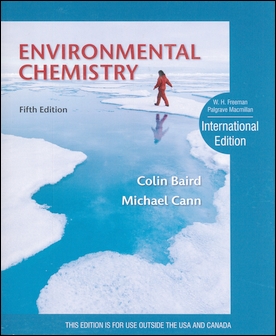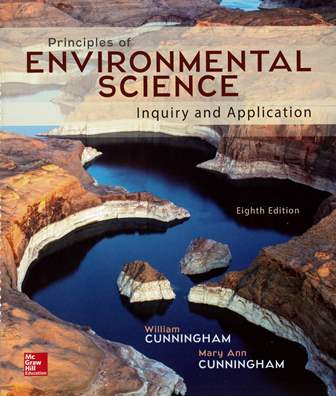書籍分類

Environmental Chemistry 5/e
作者:Colin Baird, Michael Cann
原價:NT$ 1,950
ISBN:9781464113499
版次:5
年份:2012
出版商:W. H. Freeman and Company
頁數/規格:848頁/平裝雙色
參考網頁:Environmental Chemistry 5/e
版次:5
年份:2012
出版商:W. H. Freeman and Company
頁數/規格:848頁/平裝雙色
參考網頁:Environmental Chemistry 5/e
內容介紹 目錄
- Description
- Expanded coverage of energy production (especially biofuels), the generation and disposal of CO2, and innovative ways to combat climate change.
- Increased international coverage to give all students a better perspective on environmental problems and solutions around the world – for example, increased coverage of gaseous and particulate air pollution and CO2 emissions and air quality standards in both developed and developing countries.
- Updated Green Chemistry cases, including new cases on bio-based toners, recycling carbon dioxide, VOCs in latex paints, bio-based liquid fuels and chemicals, and spinetoram-an improved green pesticide.
- An Activity in most chapters - Web- or library-based mini-projects to be completed either by an individual student or as a group project.
- More schematic diagrams have been added to promote student comprehension of the more complicated chemistry and appeal to a variety of learning styles.
- Marginal notes – to supplement the main text with additional interesting material, and to indicate which Review Questions are relevant to the material at hand.
Colin Baird and Michael Cann's acclaimed Environmental Chemistry helps students explore the chemical processes and properties underlying environmental issues they hear about every day - climate change, pollution, biofuels, sustainability and more. Like no other textbook of its kind, it makes accessible the many ways chemists are tackling fundamental environmental problems – including those for which the chemical industry itself is a source.
With up-to-date, balanced, and authoritative coverage of soil, water, and air chemistry, the Fifth Edition offers:





